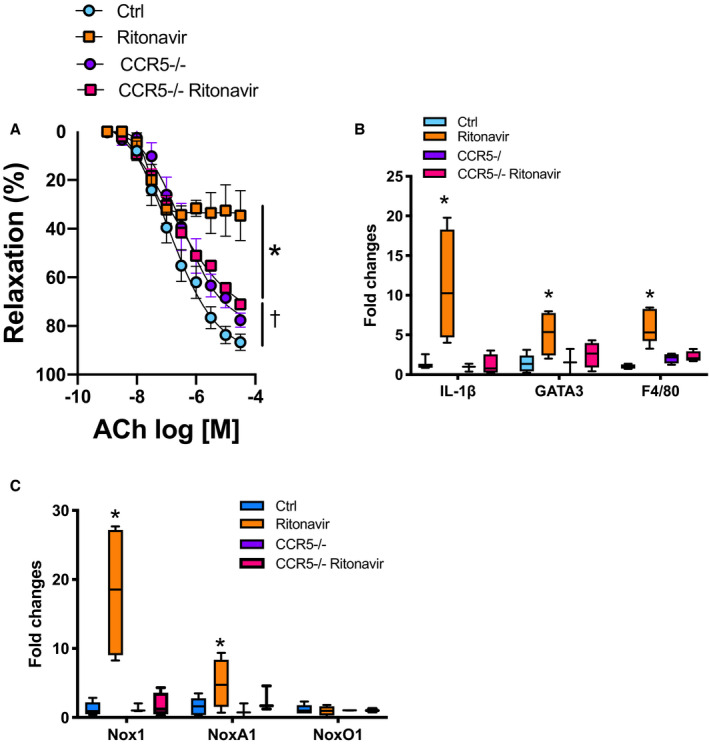Figure 3. Ritonavir‐induced endothelial dysfunction and vascular inflammation are CCR5 dependent.

Concentration response curves to ACh in aortic rings (A), real‐time polymerase chain reaction quantification of aortic inflammatory gene markers (B), and aortic reduced nicotinamide adenine dinucleotide phosphate oxidases subunits (C) from control (Ctrl, vehicle treatment) and CCR5‐deficient mice (CCR5−/−) in the presence or absence of ritonavir treatment (ritonavir, 5 mg/kg per day for 4 weeks, ip). Vascular reactivity data are presented as mean±SEM. Gene expression data are presented as Min. to Max. N=3 to 8; *P<0.05 vs Ctrl; † P<0.05 vs Ctrl and ritonavir. ACh indicates acetylcholine; CCL5, C‐C motif chemokine ligand 5; CCR5, C‐C chemokine receptor 5; F4/80, the macrophage marker F4/80; GATA3, GATA binding protein 3; IL1‐β, interleukin 1‐β; and Nox1, NADPH oxidase 1.
